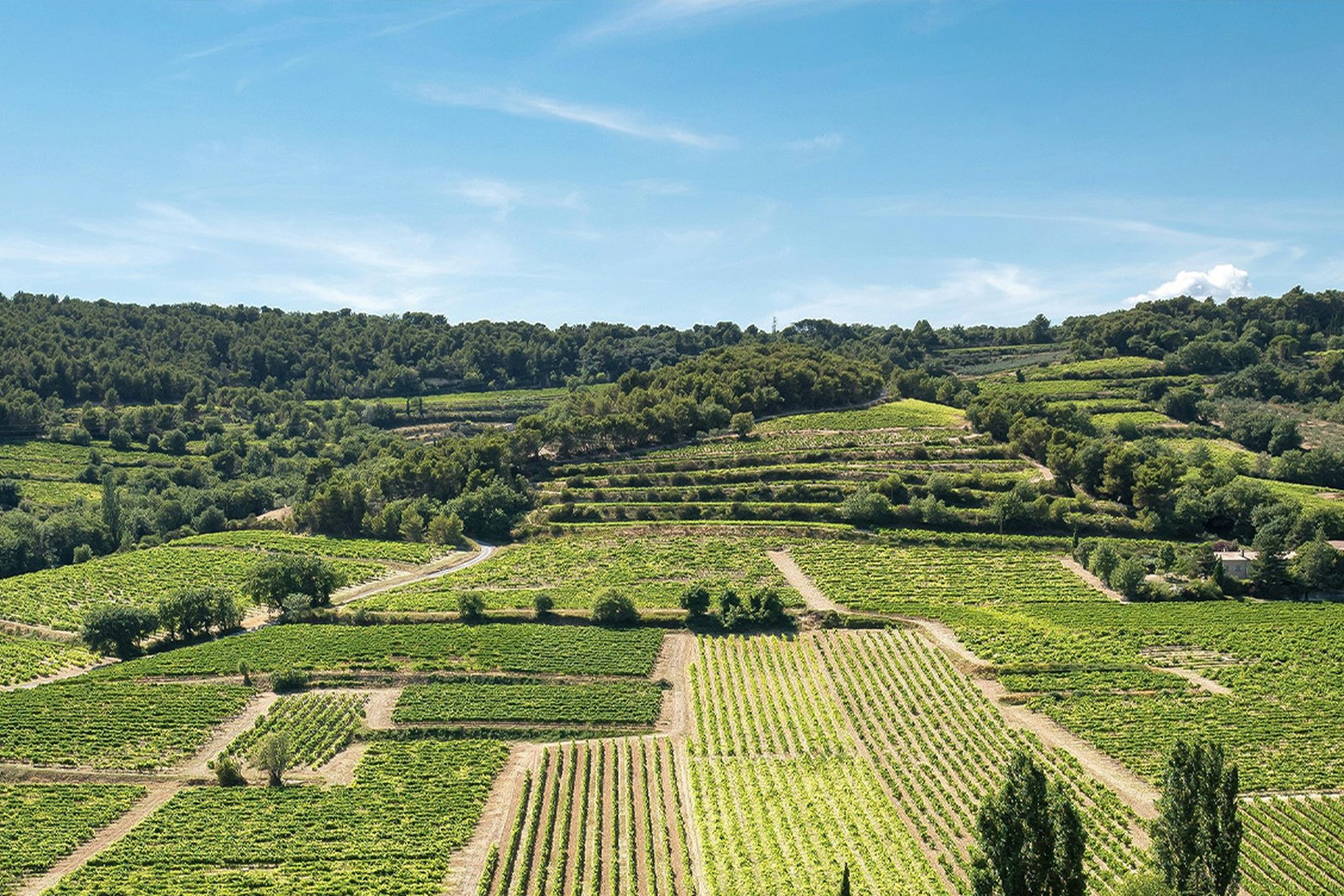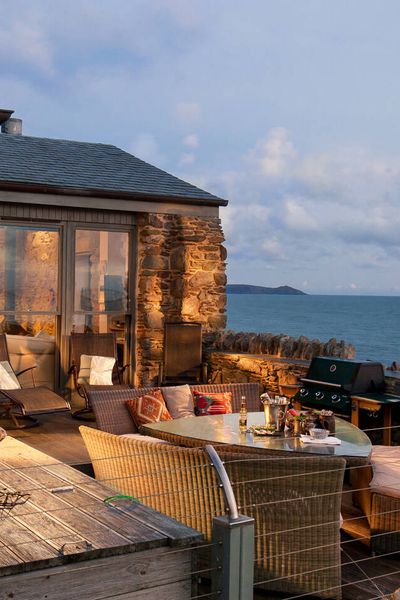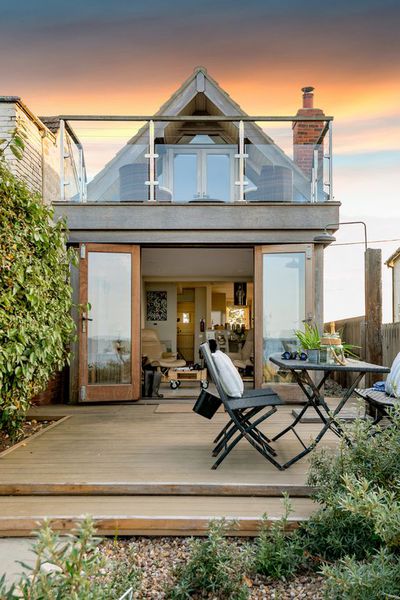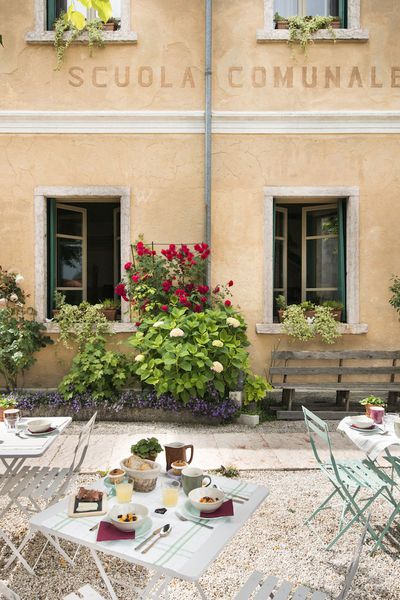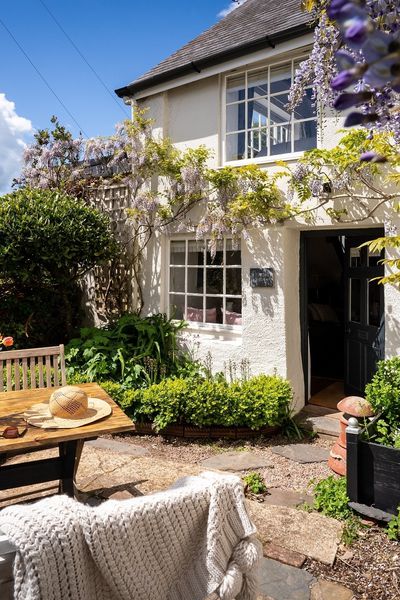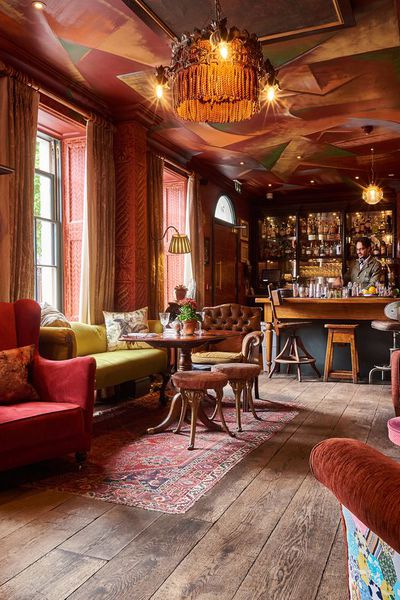Provence locals –
Martina & Claude
I’m from Strasbourg in the north and Martina is German, but we came to Provence a long time ago, looking for a certain lifestyle and for nature. There’s an optimism to Provence, with blue skies 270 days of the year, great weather in Spring, forests for shade in summer and the warmth to dine outside right through October. When guests stay with us at Une Campagne en Provence, we try to help people feel what we’ve found. We tend to suggest simple, relaxing things, like yoga, or riding or walking to discover the countryside, but there’s so much to see and do, so here is just a little of it!

